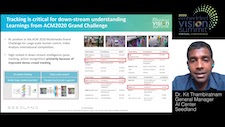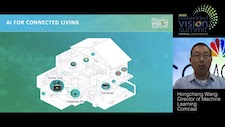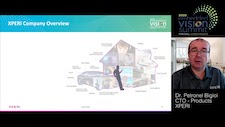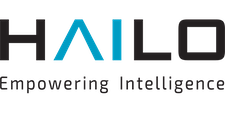| LETTER FROM THE EDITOR |
Dear Colleague,
Edge Impulse, Intel and Qualcomm: three companies that will be showing up in a big way at the Embedded Vision Summit on May 25-28. Each company will be sending its top engineers, tech experts and top executives to bring you key insights on the latest hot topics in computer vision and AI—and in some interesting ways. See a sample of sessions from these companies below. For the full program schedule and abstracts, visit the 2021 Summit Program and Schedule pages. And then register for the Summit today! Edge Impulse
Intel
Qualcomm
Brian Dipert |
| VISION-BASED ACTIVITY ANALYSIS |
|
Multi-modal Re-identification: IoT and Computer Vision for Residential Community Tracking Video Activity Recognition with Limited Data for Smart Home Applications |
| DRIVER MONITORING AND EYE TRACKING |
|
Driver Monitoring Systems: Present and Future Eye Tracking for the Future |
| UPCOMING INDUSTRY EVENTS |
|
Embedded Vision Summit: May 25-28, 2021 |
| FEATURED NEWS |
|
FRAMOS’ IQ Tuning on the NVIDIA Jetson Platform Maximizes Every Pixel’s Quality The Imaging Source’s Latest Development Kits for Embedded Vision are Compact, Powerful and Efficient NVIDIA’s DRIVE Atlan is an “AI Data Center on Wheels” for Next-Generation Autonomous Vehicles Efinix is Expanding Its High-performance Titanium FPGA Product Line Algolux Has Brought Its Atlas Toolset to the Cloud to Democratize Camera ISP Optimization for Computer Vision |
| EMBEDDED VISION SUMMIT MEDIA PARTNER SHOWCASE |
|
Vision Systems Design |
| EMBEDDED VISION SUMMIT SPONSOR SHOWCASE |
|
Attend the Embedded Vision Summit to meet these and other leading computer vision and edge AI technology suppliers! Allegro DVT
Arm
EdgeCortix
Hailo
Imagination Technologies
Lattice Semiconductor
Luxonis
Nextchip
NVIDIA
OpenFive
Perceive |


















